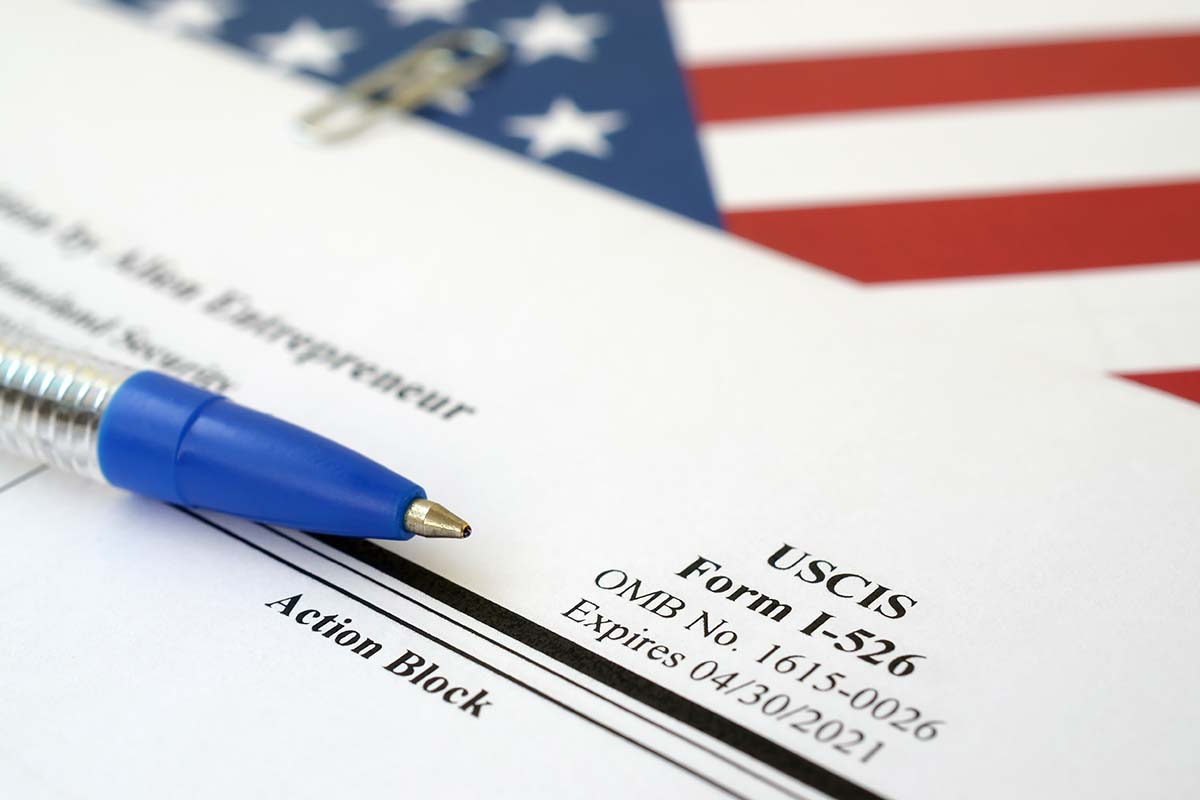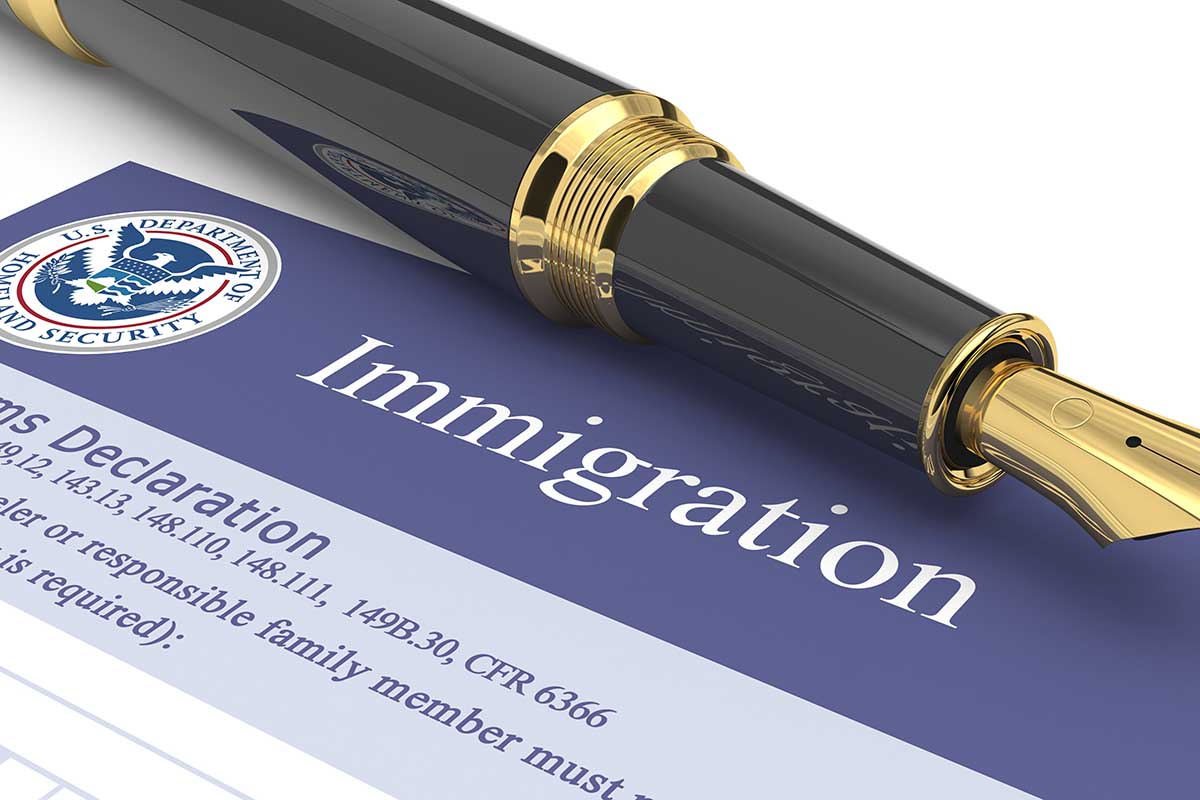How To Get Your Family in The U.S
There are many reasons you may want to pursue immigration in the U.S. It could be that you want to seek out better employment options, flee from a natural disaster, or run from a political conflict in your home country. Or you may want to leave your home country for educational opportunities or to reunite with your family.
Whatever the reason is, you may decide at some point that you want to stay. This may involve thinking of legal ways to bring your family to America. Due to the clamor of many people migrating to the U.S., many agencies have a vested interest in helping people process their immigration applications.
However, some of these agencies may not be genuine, and even many more do not have a clue of how to best guide you.
This sometimes results in the migration of individuals who end up being undocumented and at risk of deportation upon arrival at the port of entry. To avoid such situations, it’s advisable to get the best immigration lawyers in Hartford CT, who understand the legal procedures involved in bringing your family over to America.
Who can file a petition to get their family in the U.S.?
The truth is, not everybody can file a petition to bring their family members from outside the U.S. to be immigrants. For instance, a resident of the United States who is only there on a student visa is not eligible to file such a petition.
Only U.S. citizens and individuals who have attained permanent resident status can file a petition to help their family immigrate to fulfill the family reunification policy. In this way, family members can be considered eligible for an immigrant visa by the United States Citizenship and Immigration Services (USCIS).
Who are the eligible beneficiaries of a family petition?
A U.S. citizen or permanent resident that can file a petition to help their family immigrate is called a petitioner. The family member for a petition has filed a beneficiary.
In a typical family setting, there are immediate relatives and distant relatives. So who qualifies to be a beneficiary, then? Beneficiaries can be:
- Immediate relatives, including spouses of U.S. citizens, children younger than 21 who are not married, and parents of citizen’s children older than 21.
- Family preference in sub-categories F1, F2, F3, and F4 for a wider range of family inclusion.
What paths can you follow to bring your family to the U.S.?
There are many paths you can follow to bring your family to America. They can be grouped into two broad categories: an immigrant visa and a non-immigrant visa.
An immigrant visa is a pathway to U.S. citizenship and allows the beneficiary to relocate permanently by getting a green card. It also allows the beneficiary to work without limitations. Meanwhile, the non-immigrant visa is temporary. It will enable its beneficiaries to work, visit, and study in America.
However, if you want to get your family to the U.S., what you will need to help them with is an immigrant visa. The most common way to pursue this is either through a family-based immigration process or an employment-based immigration process.
Steps to begin the immigration process
Once you have identified a path to follow to get your family to the U.S., you should begin the immigration process. If the beneficiary is to come to the U.S. through the employment-based process, the employer will assume most of the responsibility in standing in as your financial sponsor.
But if the family-based immigration process is your chosen path, you must supply evidence that you can be a financial sponsor. This is to avoid bringing in family members who will come in and become the government’s responsibility.
Evidence of financial sponsorship can include showing your employment status or assets owned if you are out of a job. Your green card application process to get your family into the U.S. can follow these steps.
Filing a family-based petition
You must file a petition by filling out Form I-130 with the USCIS. This form aims to help you establish your relationship with the beneficiary and that you are either a U.S. citizen or a permanent resident.
So you should furnish your application with documents that prove as much. You will receive a notice of receipt after the documents have been verified to be complete.
File transfer to the National Visa Center
There will be a case file transfer for family members who fall into family preference categories or outside America. Their files will be transferred to the National Visa Center, where they will remain until a visa is available after a waiting period.
The date the petition was filed becomes the priority date of the beneficiary. If the priority date is current and a visa is available, the processing of the application will begin after review and approval by the USCIS.
Form I-485, Form I-260, and Form I-864 will need to be filled out for beneficiaries within or outside the U.S. to pledge financial support, respectively.
Visa interview at a U.S. Consulate
After completing these forms, an in-person interview will be conducted at the U.S. consulate for your family, the beneficiary. All documents submitted earlier should be kept handy.
Biometrics will be captured at the local consulate for beneficiaries outside the U.S., while those in the U.S. will get an appointment date to have theirs taken. Following the interview, you will be informed if your application was approved, and a visa will be issued. This visa will be stamped along with the approval date on the immigrant’s passport.
Bottom line
After approval of the application to have your family join you in the U.S., the final stage is at the port of entry. This is where the final evaluation will be carried out. A Customs and Border Protection agent will conduct another interview to determine if you are eligible to be granted entry into America.
However, this is for immigrants who are outside America. For those already in the U.S., the consular office will mail to your U.S. address relevant documents reflecting your current status as an immigrant.




















